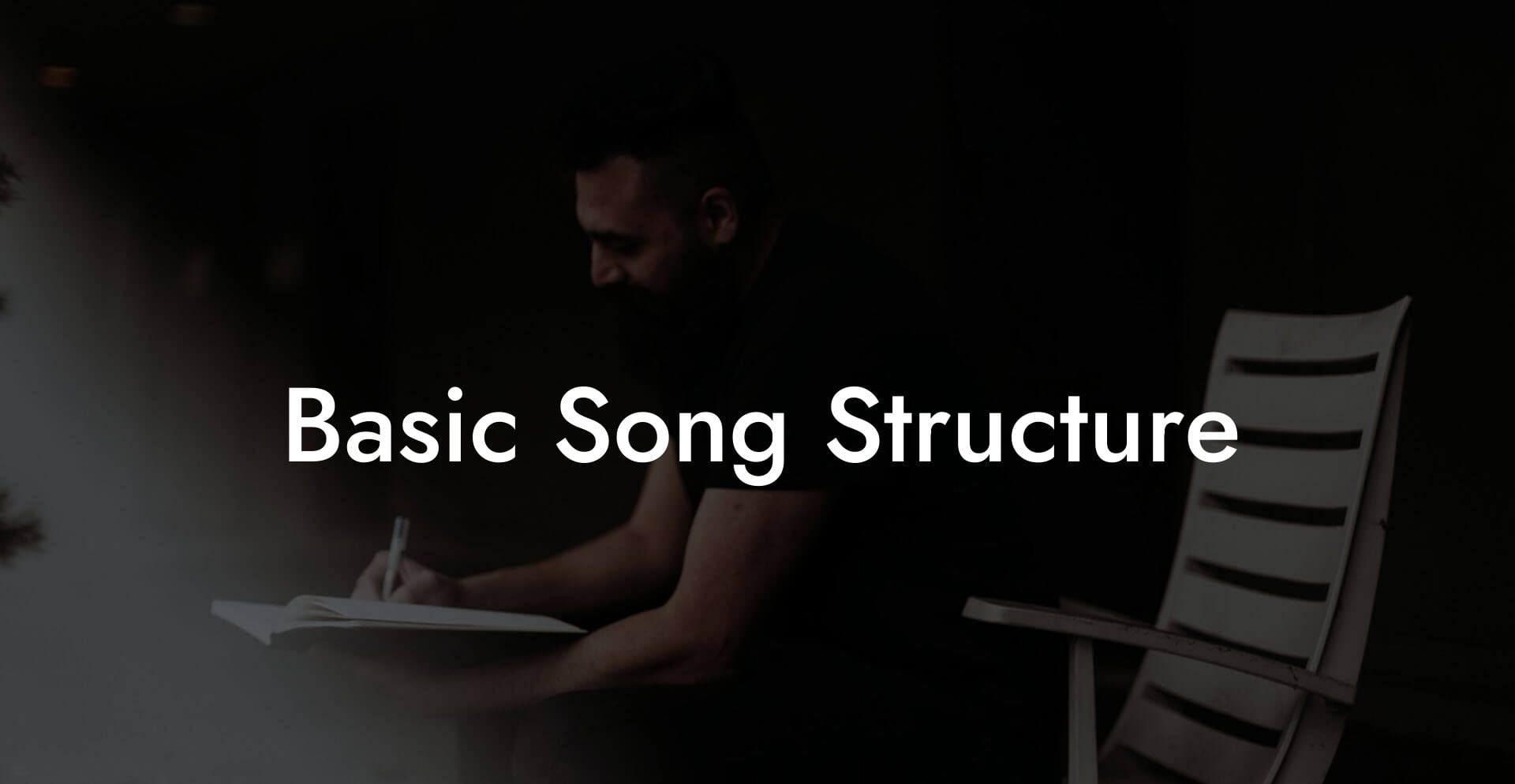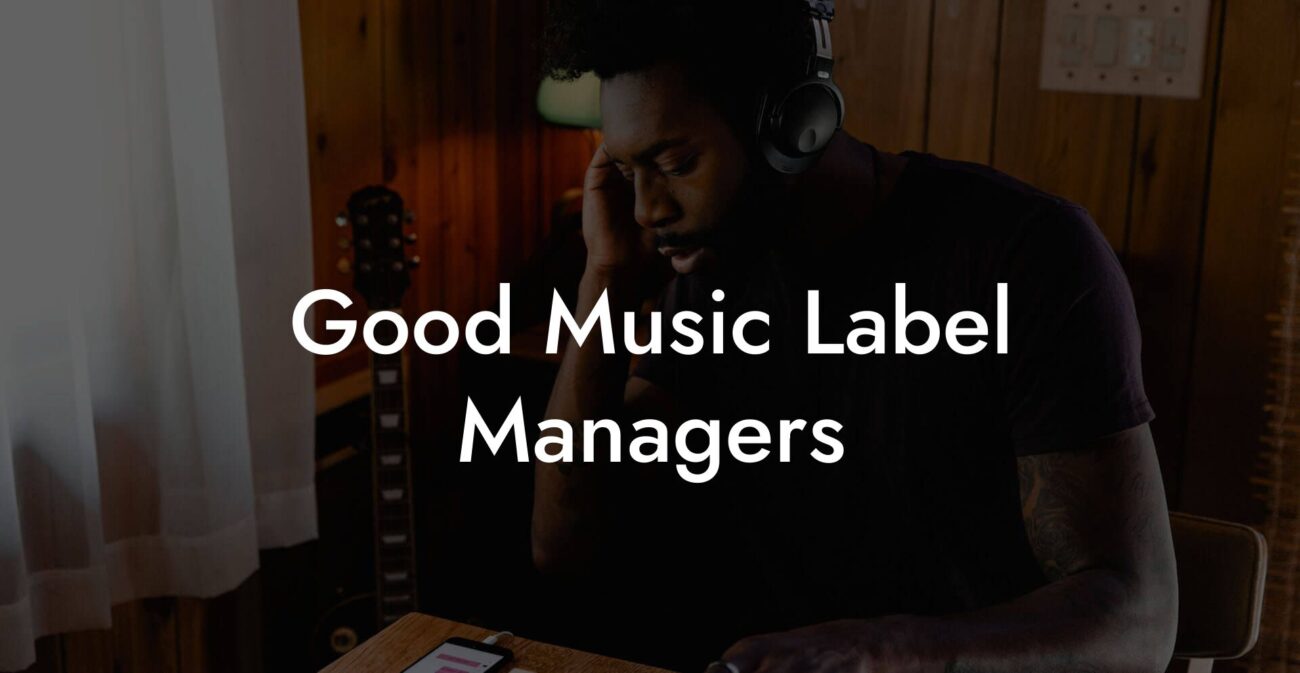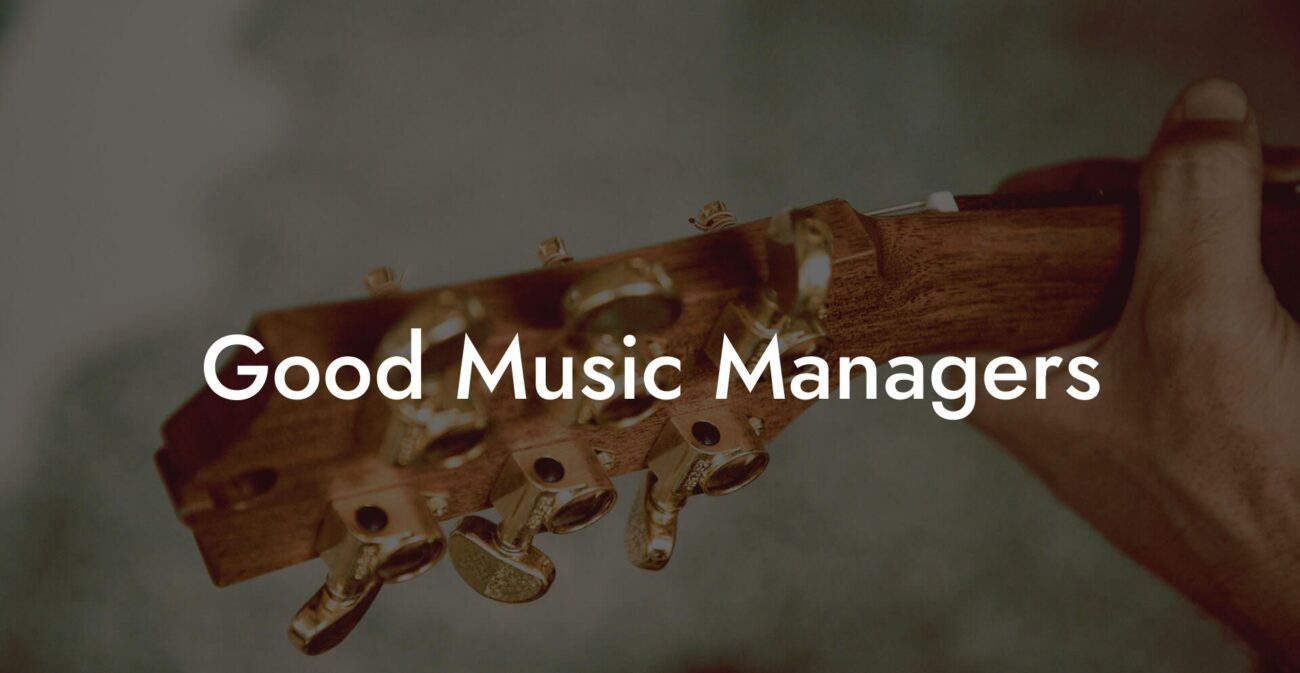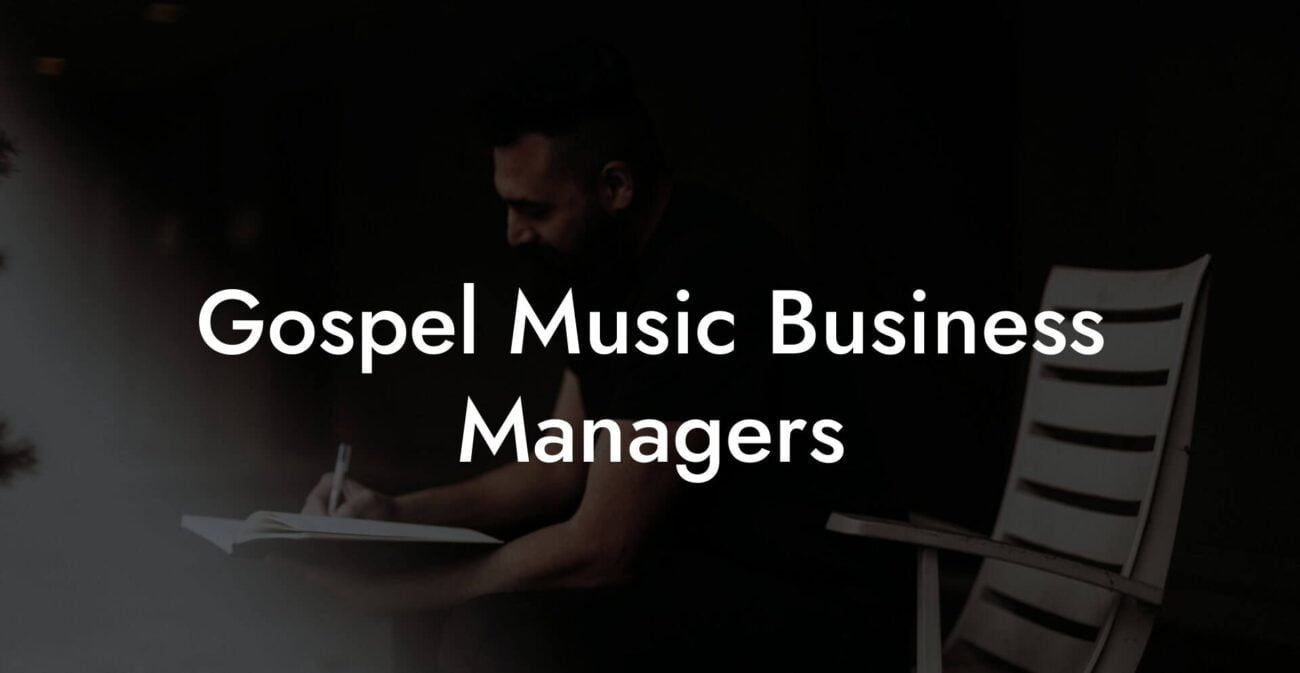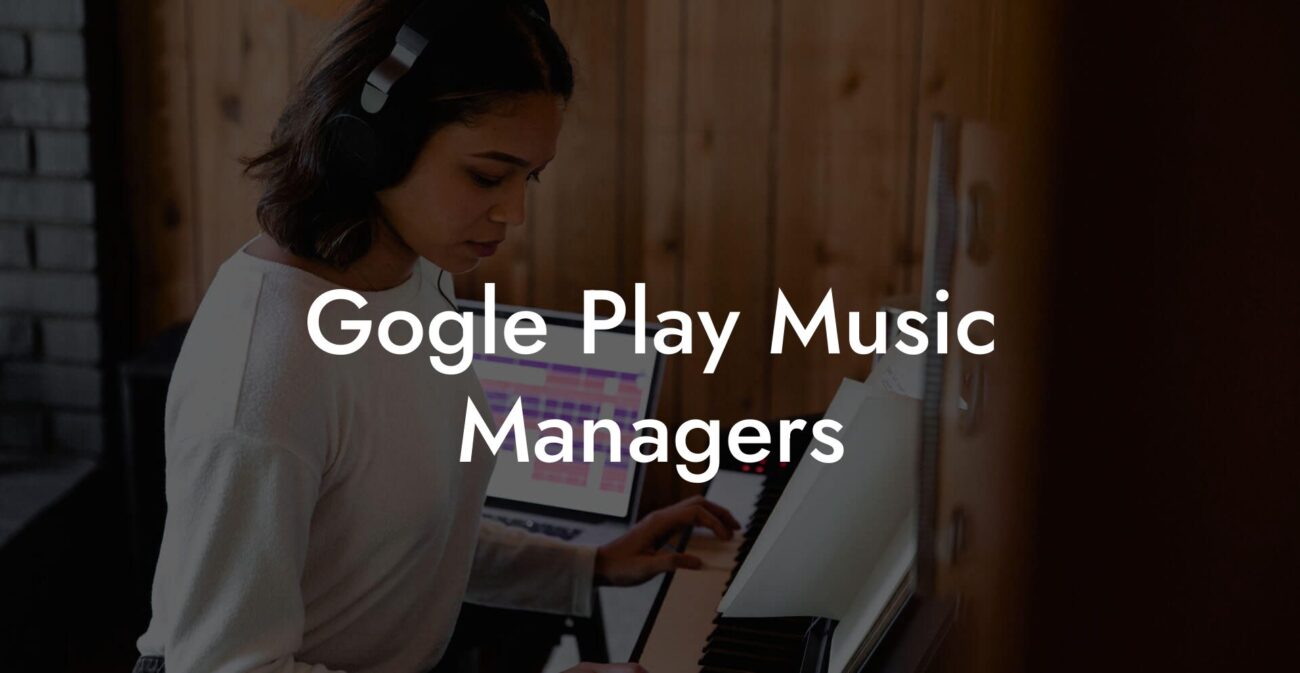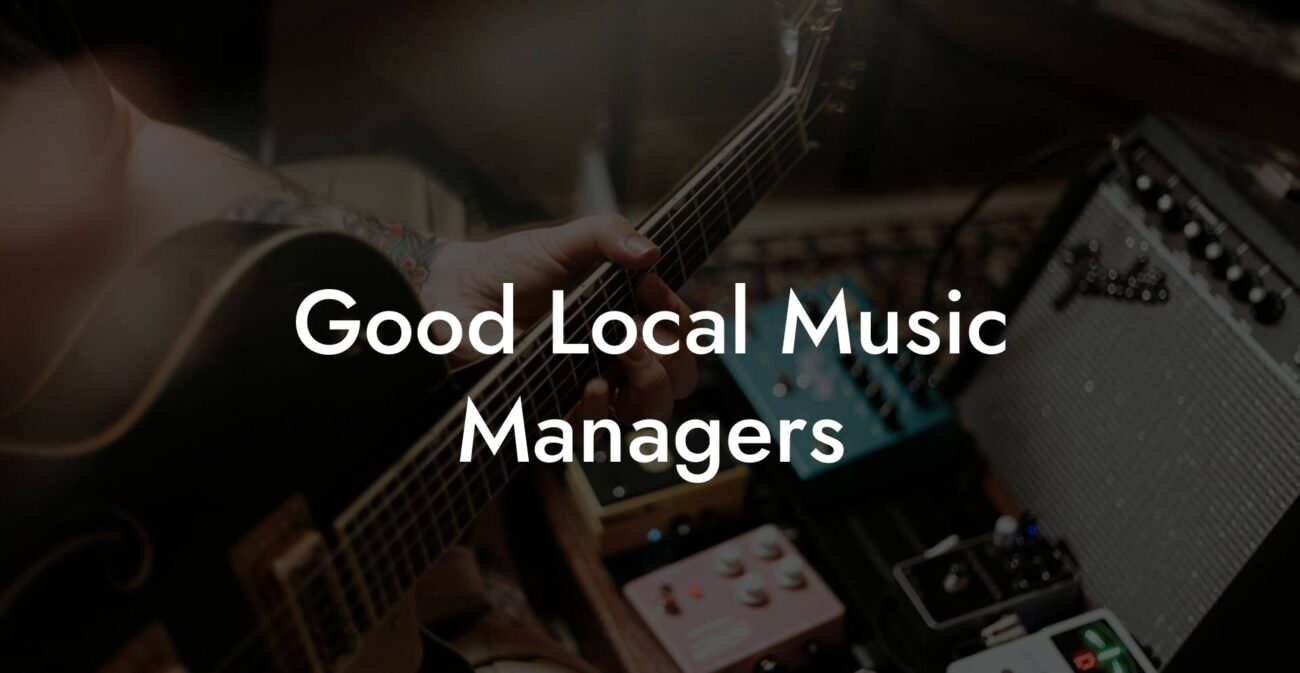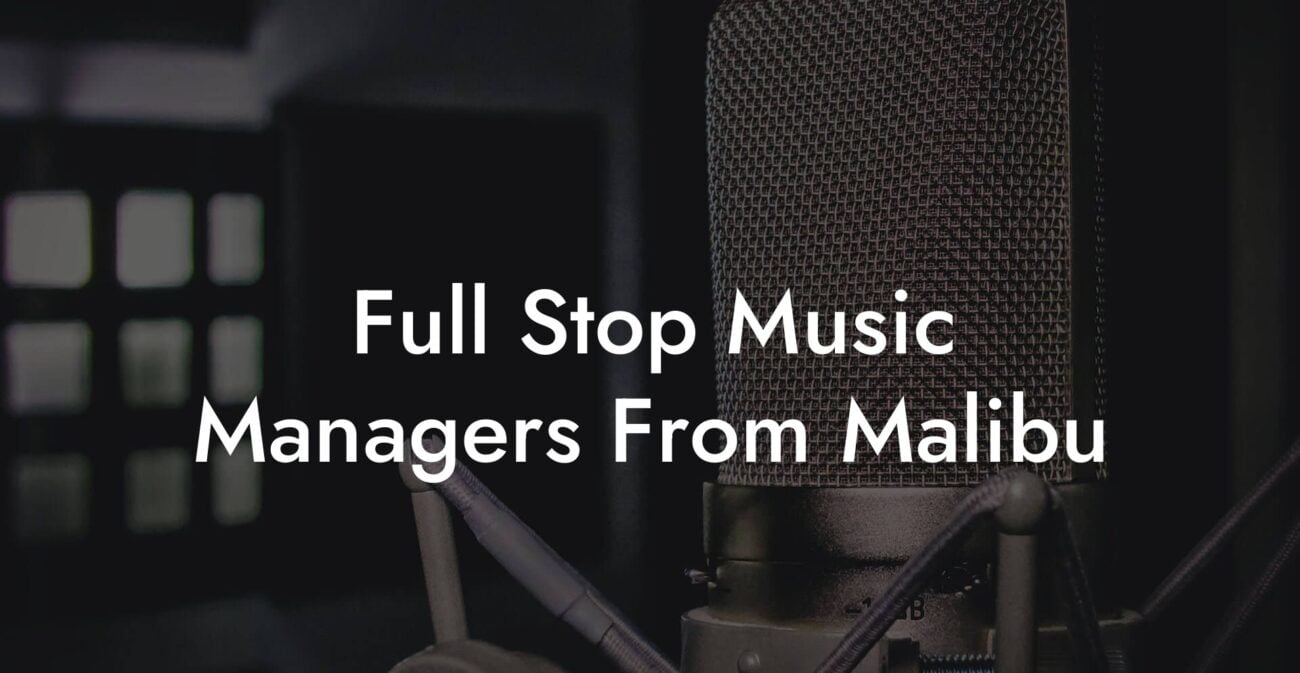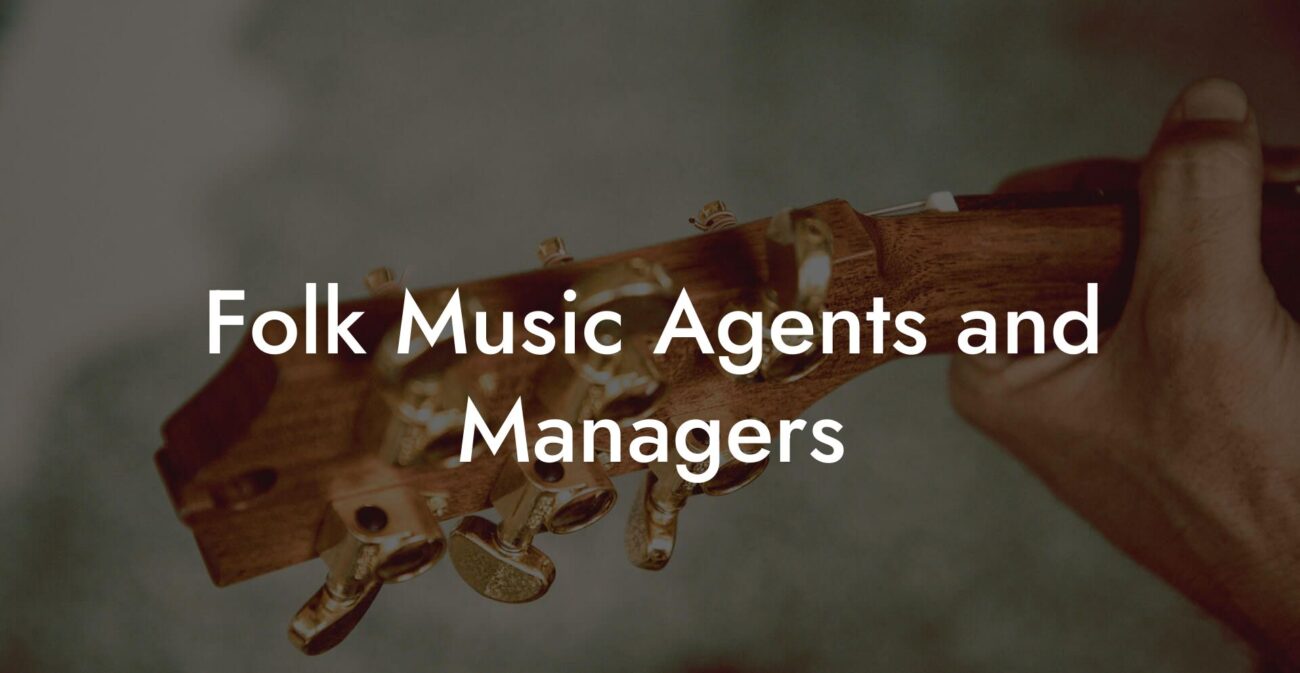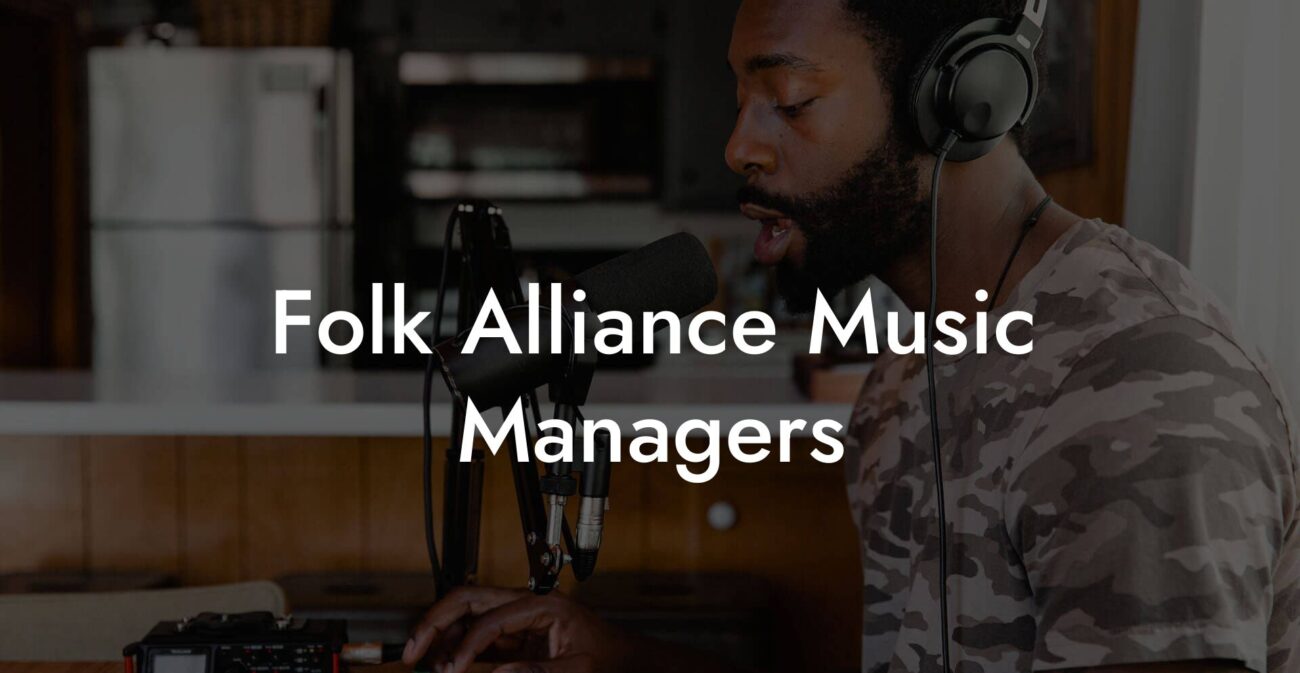Ever found yourself jamming in the shower, convinced that you’re about to drop the next viral hit, only to stop mid-song because you just can’t piece the puzzle together? Welcome to the wild and wonderful world of basic song structure! Whether you’re a bedroom beatmaker or a budding lyricist armed with your smartphone and Lyric Assistant, understanding how to construct your song from the ground up is where the magic begins. Get ready to dive into an engaging, humorous, and downright enlightening guide that will demystify songwriting for you, turning those random bursts of inspiration into solid, chart-topping anthems.
Looking to write your next song? Transform your creative ideas into songs that people will love, and skyrocket your music career with Lyric Assistant. The perfect songwriting assistant. Find out more →
Quick Links to Useful Sections
- Understanding the Basics: What is Song Structure?
- The Building Blocks: Key Elements of a Song
- Verses
- Chorus
- Bridge
- Intro and Outro
- Pre-Chorus and Post-Chorus
- Popular Song Structures: Timeless Templates for Creativity
- Verse – Chorus – Verse – Chorus – Bridge – Chorus
- AABA
- ABAB or Strophic Form
- Hook-based Structures
- Crafting Your Own Song Structure: A Step-by-Step Guide
- Step 1: Start With a Spark
- Step 2: Map Out the Framework
- Step 3: Flesh Out the Details
- Step 4: Experiment and Refine
- Step 5: Infuse Your Unique Style
- Step 6: Gather Feedback and Iterate
- Integrating Modern Technology: How Lyric Assistant Enhances Your Songwriting Process
- Resources and Community Support: Your Next Steps
- Learning From the Masters: Real-Life Examples and Case Studies
- Example 1: The Pop Powerhouse
- Example 2: The Indie Experiment
- Common Pitfalls and How to Dodge Them
- Fostering a Creative Mindset: Tips for Continuous Improvement
- FAQs: Your Song Structure Questions Answered
- Embracing Your Songwriting Journey: Keep the Beat Alive
Understanding the Basics: What is Song Structure?
At its heart, a song is like a well-constructed story. Just as every great novel has a beginning, middle, and an end, every memorable track follows a structure that keeps the listener hooked from the first note to the final chord. Basic song structure is essentially the framework that holds all the parts of your composition together—it’s the blueprint that guides you from a catchy opening riff to a satisfying conclusion.
Think of it as the skeleton of your track. Without it, your song would be a jumbled collection of random musical ideas, like mismatched socks or an unsorted playlist after a wild weekend. With a solid structure, however, each section—be it a verse, chorus, bridge, or outro—flows seamlessly into the next, creating a cohesive musical journey that resonates with your audience.
Whether you’re writing a pop banger, an emotive ballad, or an experimental indie track, knowing the fundamentals of song structure can transform chaos into creativity. And yes, it’s okay to tweak the rules later; even the Beatles and Taylor Swift started with basics before bending them to their will.
The Building Blocks: Key Elements of a Song
Before diving into advanced songwriting techniques, let’s break down the core components that make up nearly every song. Picture these as the essential ingredients in your musical smoothie:
Write Lyrics Like a Professional Songwriter
The ultimate songwriting tool that takes your creative vision to the next level! With just a few clicks, you can unleash your inner songwriter and craft a hit that's uniquely yours. Your song. You own it.
Verses
Verses are the narrative engine of your track. Here’s where you set the scene, develop your story, and share your thoughts in more detail. They’re like the chapters of a novel, each one revealing a bit more about the characters (or in this case, your emotions and experiences) and the overall storyline.
In songwriting, verses often contain the meat of your lyrics. They’re a chance to let your personality shine through, whether you’re doodling about broken hearts, wild adventures, or quirky everyday moments. Using tools like Lyric Assistant, you can effortlessly turn your thoughts into compelling verses that capture both the mind and the heart.
Chorus
Ah, the chorus—a melodic hook that your listeners will be singing long after the song ends. The chorus is typically the most memorable and repetitive part of a song, anchoring the entire piece with a catchy, often uplifting refrain. Its magic lies in its simplicity and emotional punch. It’s your “call to arms,” a rallying cry or a declaration of love, designed to stick in your audience’s head (think earworms galore).
A brilliant chorus not only sums up the essence of your song but also provides that sense of unity and momentum. Whether you’re belting out a power anthem or delivering a soft ballad, the chorus is the emotional centerpiece.
Bridge
If your song were a roller coaster, the bridge would be that surprise twist or turnaround that takes you to a whole new level. It offers contrast to the more repetitive verse-chorus pattern, injecting fresh energy or shifting the mood before returning to a familiar section. Bridges often provide a moment of reflection or surprise, making your track more dynamic and interesting.
Don’t be afraid to experiment in the bridge section. Maybe try a key change, switch up your melody, or introduce a new lyrical idea. The bridge is your playground—a moment to break free from the usual and surprise your listeners.
Intro and Outro
The intro is your song’s first impression. It sets the tone and lures the listener into your musical world from the very first beat. A great intro creates anticipation, whether it’s a simple acoustic strum or an intricate, atmospheric soundscape.
Conversely, the outro is your final goodbye. It’s your chance to leave the listener with a lasting image or feeling. A well-crafted outro can revisit themes from earlier in the song or provide a quiet, fading conclusion that lets the emotions linger.
Pre-Chorus and Post-Chorus
Sometimes you need a bit of a bridge before the chorus even hits to build up excitement—a pre-chorus. This section heightens the anticipation and sets the stage for that big, satisfying chorus moment. Similarly, a post-chorus extension might continue the energy right after the main hook, ensuring the vibe stays strong and drives the song forward.
Popular Song Structures: Timeless Templates for Creativity
Like a classic recipe handed down through generations, several song structures have proven their worth time and again. Here are the most commonly used templates, each with its own vibe and purpose:
Verse – Chorus – Verse – Chorus – Bridge – Chorus
This is the quintessential pop song layout. It starts with a verse that builds the narrative, breaks into a catchy chorus, revisits the verse and chorus, and then spices things up with a bridge before returning to the chorus for a powerful finish.
Why does this structure work so well? It’s all about balance—it offers repetition to quickly hook the listener while throwing in a twist to keep things interesting.
AABA
With roots in classic Tin Pan Alley and Broadway tunes, the AABA structure is a time-tested formula where “A” sections are repeated and then contrasted with a different “B” section, often called the bridge. After the bridge, you reprise the “A” section to restore familiarity.
This technique is perfect for storytelling songs. It provides a strong anchor with the “A” sections, making the shift in the “B” section even more impactful emotionally.
ABAB or Strophic Form
In some genres—especially folk, country, and indie music—a song may follow a simple ABAB pattern where each “A” or “B” represents a distinct verse or refrain. This style emphasizes continuity in storytelling, often letting the lyrics gradually unfold without dramatic musical shifts.
The strophic form is like a conversational narrative, where each new verse paints another portrait, drawing the listener deeper into the storyline.
Hook-based Structures
In today’s digital era, where 15-second snippets can make or break a hit, many artists design their songs around a central hook. This might mean short intros, multiple quick-fire choruses, or rapid transitions that keep the energy high. It’s a structure born from the demands of social media and streaming culture, resonating perfectly with our fast-paced generation.
Whether you’re aiming for virality on TikTok or simply crafting an unforgettable melody, don’t underestimate the power of a well-placed hook. It’s all about grabbing attention right away.
Crafting Your Own Song Structure: A Step-by-Step Guide
So, you’ve got a killer idea for a song, but you’re staring at a blank page (or an empty track timeline) wondering where to start. Fear not! Here’s a step-by-step guide to help you build your own song structure master plan.
Step 1: Start With a Spark
Every great song begins with an idea—a melody, a lyric, or even a mood. Grab your favorite notebook (or digital app) and jot down your thoughts as they come. Don’t worry about structure just yet; focus on capturing the raw emotion or inspiration. Whether it’s a catchy phrase, a rhythmic beat, or a powerful chord progression, this spark is the seed from which your song will grow.
With Lyric Assistant by your side, you can digitally record your ideas, play around with wording, and experiment with different lyrical phrasings. This is your creative sandbox—explore all avenues without judgment.
Step 2: Map Out the Framework
Once you have your spark, it’s time to build the skeleton of your song. Think about the story you want to tell and decide which elements will best convey that narrative. Begin by outlining your targets:
- Verses: What story or details do you want to unfold?
- Chorus: What’s the central hook or message that will stick with your audience?
- Bridge: Is there a twist or a moment of emotional crescendo you want to introduce?
- Intro/Outro: How will you welcome your listener, and how will you bid them farewell?
Sketching out a rough outline like this can help organize your thoughts. It’s a blueprint that ensures you cover every narrative beat, allowing you to see the bigger picture before diving into the nitty-gritty of lyric writing and melody creation.
Step 3: Flesh Out the Details
With the framework in place, start filling in the sections one by one. Begin with your verses—let your ideas flow naturally, using your spark as a foundation. Once you have a few verses written, craft a chorus that encapsulates the emotion or message of your song. Remember: the chorus is what your listeners will remember, so make it as catchy, heartfelt, or impactful as possible.
Next, consider adding a pre-chorus if your song feels like it needs an extra buildup of emotion. The pre-chorus can serve as a transitional piece that gracefully bridges your narrative from the verse to the chorus.
Finally, inject a bridge to introduce contrast and depth—this is your moment to experiment with a change in melody, a surprising chord progression, or a shift in lyrical perspective. By this stage, your song should start feeling like a well-rounded story with peaks, valleys, and everything in between.
Step 4: Experiment and Refine
Songwriting isn’t a linear process—it’s messy, improvisational, and sometimes downright wild. Don’t be afraid to rearrange sections, cut parts that aren’t working, or add new elements as you go. Listen to your track repeatedly and note any sections where the flow feels off or where you think the impact could be ramped up.
Using Lyric Assistant can be a game changer in this phase. It effortlessly generates lyric ideas, offers inspiration when you’re stuck, and helps you refine your text until every word resonates with your intended vibe. Experimentation is key—try out different arrangements, play with tempo variations, and see what feels right.
Step 5: Infuse Your Unique Style
While mastering basic song structure is crucial, it’s your personal style that transforms a good song into an unforgettable one. Whether you’re known for your witty wordplay, soul-stirring melodies, or boundary-pushing experiments, let your personality permeate every line. This authenticity is what will ultimately set your work apart in an over-saturated music scene.
Sometimes rules are meant to be bent or even broken. Once you’ve mastered the basics, feel free to deviate and create new patterns that better express your artistic vision.
Step 6: Gather Feedback and Iterate
Finally, don’t be shy about sharing your work with others. Whether it’s through local open mic nights, online songwriting communities, or even your group chat, feedback is an invaluable tool. Constructive criticism can reveal blind spots and fuel improvements you might not have considered. Remember, every renowned artist has faced their fair share of rejections and revisions before striking gold.
Integrating Modern Technology: How Lyric Assistant Enhances Your Songwriting Process
In a world rife with digital tools and creative apps, your songwriting journey doesn’t have to be a solitary, analog experience. Enter Lyric Assistant—a smart, adaptable partner in your musical endeavors. This innovative tool isn’t just another app; it’s like having a co-writer who’s available 24/7 to help you brainstorm, structure, and refine your lyrics.
Imagine sitting down with your coffee, tapping away at your favorite screen, and suddenly finding that perfect line or rhyme scheme that completes your verse. With Lyric Assistant, that moment is just a few clicks away. It helps break the creative block that often plagues emerging songwriters and provides a wellspring of inspiration exactly when you need it.
Plus, its intuitive interface and alignment with modern songwriting techniques make it a must-have tool for those who value efficiency without sacrificing creativity. Whether you’re drafting the first verse or polishing your final chorus, Lyric Assistant seamlessly integrates with your creative process—allowing you to focus on what truly matters: telling your story.
Resources and Community Support: Your Next Steps
You’ve got the building blocks, the process, and even the digital accomplice to kickstart your songwriting journey. Now, where do you go from here? The world of songwriting is as much about community as it is about individual creativity. Surround yourself with resources and fellow artists who understand the struggles and triumphs of transforming musical ideas into fully formed tracks.
Consider joining online forums, local songwriting meet-ups, or social media groups dedicated to music creation. These spaces are goldmines for feedback, collaboration, and inspiration. Not only can you share your progress and exchange tips, but you might also stumble upon your next big breakthrough in the form of a collaborative effort.
For those looking to dive deeper, there are countless resources available—podcasts, video tutorials, and workshops that explore everything from advanced chord progressions to digital music production. Bookmark websites and blogs that focus on songwriting techniques, lyrical analysis, and music theory. Over time, these communities will become your go-to space for learning, growing, and pushing the boundaries of your creativity.
And always remember, every successful songwriter was once a beginner. With the right support system and a willingness to experiment, your journey from a simple melody to a chart-topping hit can be as rewarding as it is exciting.
Learning From the Masters: Real-Life Examples and Case Studies
There’s no better way to sharpen your songwriting skills than by studying the legends. Dive into the structures of your favorite tracks—whether it’s the timeless anthems of Queen, the storytelling prowess of Bob Dylan, or the modern pop brilliance of Dua Lipa, each artist offers a unique perspective on song construction.
Let’s break down a couple of examples:
Example 1: The Pop Powerhouse
Consider a chart-topping pop hit that follows the classic verse-chorus-verse-chorus-bridge-chorus format. Notice how the verses tell a compelling story, the chorus explodes with a memorable hook, and the bridge offers a refreshing departure that gives the final chorus a much-needed impact. As you analyze these tracks, pay attention to how the musical dynamics shift throughout the song—each section serving a purpose to elevate the overall impact.
By dissecting these blueprints, you can gain insights into how subtle shifts in melody, rhythm, or lyrical cadence can completely transform a song from ordinary to unforgettable.
Example 2: The Indie Experiment
Indie tracks often experiment with non-traditional structures. Maybe they shuffle the order of verses and choruses, incorporate unexpected instrumental breaks, or even ditch the bridge altogether in favor of ambient sounds that evolve over time. This approach can evoke a dreamy, almost cinematic quality, allowing the listener to experience the song as a fluid, evolving narrative.
Studying these examples not only exposes you to diverse songwriting techniques but also encourages you to experiment with unconventional structures in your own work. The key takeaway is that there are no strict limits—only guidelines that you can follow, modify, or completely reinvent.
Embrace these lessons as you refine your craft, and remember that each new experiment brings you closer to discovering your unique musical voice.
Common Pitfalls and How to Dodge Them
Even the most seasoned songwriters have been tripped up by familiar pitfalls—those sneaky mistakes that can derail the creative process. One of the biggest missteps is overcomplicating your song structure. While experimentation is fantastic, too much variation can confuse your listener and dilute the core message.
Another frequent blunder is neglecting the power of repetition. In an era where attention spans are shorter than ever, a well-crafted, memorable chorus can make all the difference. But don’t worry—this guide is here to help you strike the perfect balance between variety and familiarity.
Feedback loops are crucial. Test your song with trusted friends or collaborators, and be open to making adjustments. Sometimes, stripping down a section to its bare essentials or reordering your verses can be the difference between a good song and a great one.
Lastly, avoid the temptation to rush the process. Great songwriting takes time, patience, and a willingness to embrace imperfections. Trust in your process, and remember that every revision is a step toward honing your signature sound.
Fostering a Creative Mindset: Tips for Continuous Improvement
Now that you’re equipped with the basics of song structure, it’s time to foster a creative mindset that propels you toward continuous improvement. Here are a few tips to keep the inspiration flowing:
- Set Aside Creative Time: Block out regular periods in your calendar dedicated solely to songwriting. Treat it as a sacred ritual, whether it’s early morning reflections or late-night jams.
- Keep a Lyric Journal: Always have a notebook or digital app handy. Jot down fleeting ideas, funny phrases, or overheard snippets of dialogue that could spark a future verse.
- Embrace Collaboration: Sometimes, the best ideas emerge when you brainstorm with others. Connect with fellow musicians, attend workshops, or even join virtual songwriting circles. These interactions can provide fresh perspectives and inject new life into your creations.
- Experiment Fearlessly: Don’t let the fear of failure stifle your creativity. Some of the most innovative songs came about by taking risks and stepping outside the comfort zone of conventional song structure.
- Reflect and Revise: Regularly revisit older drafts of your work. You might be surprised at how your perspective changes and see an opportunity for improvement in past creations.
With these strategies, you’ll not only refine your craft but also nurture a mindset that views every challenge as a gateway to creativity.
FAQs: Your Song Structure Questions Answered
Here are some of the most frequently asked questions that aspiring songwriters have about basic song structure:
1. What exactly is song structure?
Song structure refers to the layout and sequence of musical sections within a song, such as verses, choruses, and bridges. It’s what gives your song a clear beginning, middle, and end.
2. Do all songs need a chorus?
While many songs feature a chorus as the catchy, repetitive centerpiece, there’s no hard-and-fast rule that mandates one. Some genres, like certain forms of indie or experimental music, may forgo a traditional chorus in favor of alternative structures.
3. How strict should I be with song structure?
The basic structures serve as guidelines rather than strict rules. Once you’re comfortable with the fundamentals, feel free to experiment and tweak the structure to best convey your creative vision.
4. Can I change the structure of my song after I start writing?
Absolutely. Songwriting is an iterative process. If you find that your initial structure isn’t working, don’t hesitate to rearrange or rewrite sections. Feedback and revisions are all part of the creative journey.
5. How can Lyric Assistant help with my songwriting?
Lyric Assistant offers real-time suggestions and creative prompts to help you break through writer’s block and refine your lyrics. It’s like having a co-writer with endless ideas at your fingertips—perfect for streamlining the songwriting process.
6. What are some common song structures I can start with?
Popular structures include Verse-Chorus structure (e.g., Verse – Chorus – Verse – Chorus – Bridge – Chorus), AABA (common in classic tunes), and even more experimental formats in modern music. Experiment with these to see which fits your style best.
7. Is it important to have a bridge?
While not every song needs a bridge, it can provide a refreshing contrast and elevate the impact of your final chorus. It’s an opportunity to shift the tone and add depth to your narrative.
Whether you’re just starting out or looking to refine your craft, the journey of songwriting is all about experimentation and letting your creativity shine.
Embracing Your Songwriting Journey: Keep the Beat Alive
With the fundamentals of basic song structure under your belt, you’re better equipped than ever to transform those spontaneous ideas into well-crafted, engaging songs. Remember, songwriting is a journey—a mix of disciplined practice, wild experimentation, and a whole lot of heart.
Every track you write, every quirky lyric, and every innovative melody is a stepping-stone toward honing your unique sound. Don’t be afraid to revisit the basics when you feel stuck, and always trust that each chord progression or clever line is helping you grow as an artist.
Keep experimenting with different structures, refine your verses until they sing, and let your choruses echo in the minds of your listeners. Your passion for music is your greatest asset—and when paired with the right tools and a supportive community, the possibilities are endless.
Whether you’re jamming in your bedroom or performing on a stage, the magic of song structure lies in its ability to turn raw ideas into something that connects, resonates, and moves people. So pick up your instrument, fire up Lyric Assistant, and let your creativity flow—your next big hit is just waiting to be written!
Write Lyrics Like a Professional Songwriter
The ultimate songwriting tool that takes your creative vision to the next level! With just a few clicks, you can unleash your inner songwriter and craft a hit that's uniquely yours. Your song. You own it.

